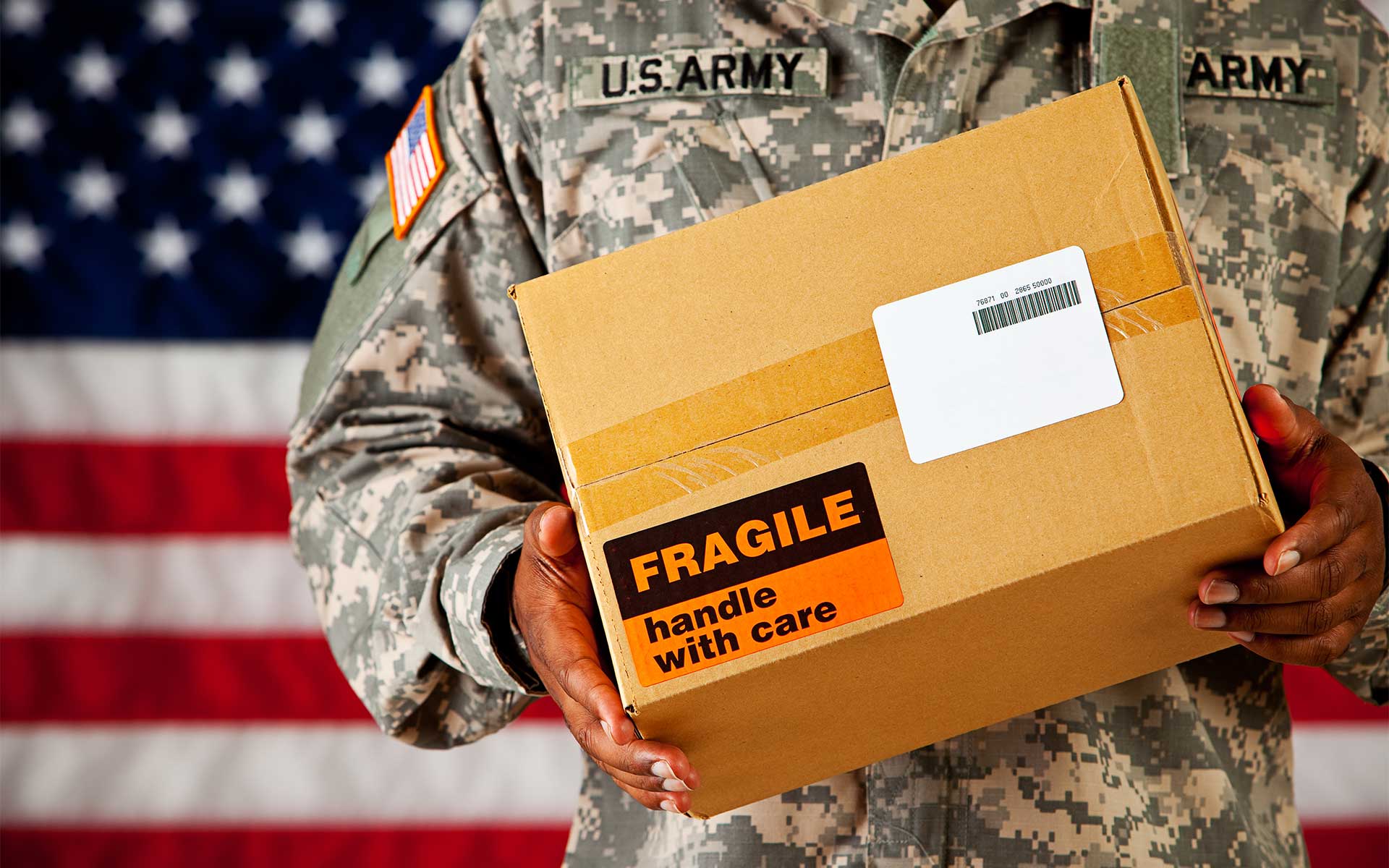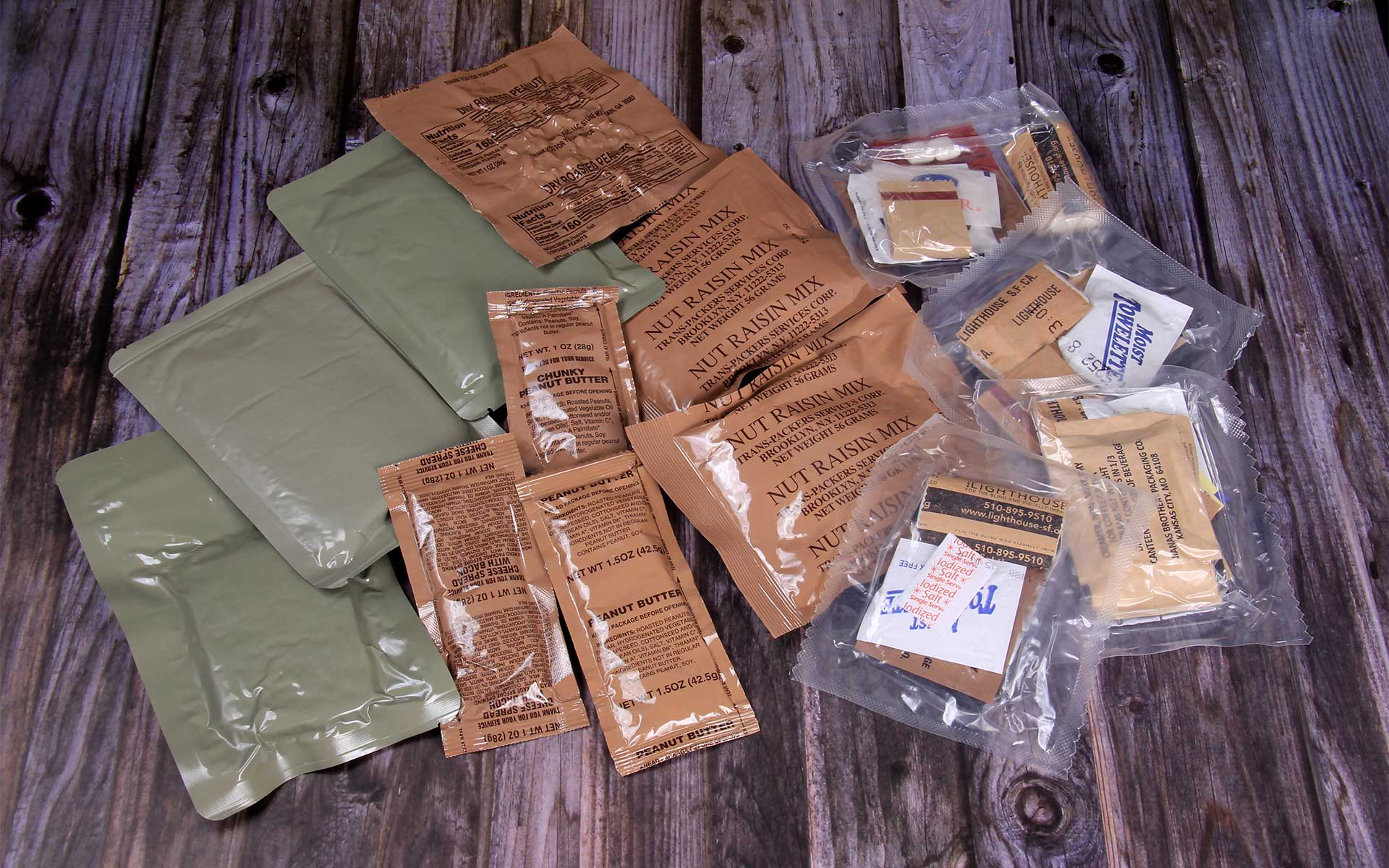The United States military is a well-oiled machine with exacting rules and regulations designed to protect the integrity, safety, and effectiveness of its people, materials, and operations. These clearly defined rules of engagement permeate every aspect of military procedure, including packaging specs and standards for all military-related parts and materials.
Military packaging standards are paramount to maintaining contractual agreements within the military, aerospace, and defense sectors. In other words, compliance is non-negotiable for entities involved in procuring, transporting, storing, and handling goods and equipment for military purposes. If you are confused about how to meet military packaging standards, today’s article will clear the air. We will provide a complete list of military standards and specifications and explain why they are essential, where they originated, who determines them, and more.
Working with Uncle Sam entails following the rules down to every detail, including packaging standards. Compliance can ensure the longevity of lucrative contracts for government contractors and third-party suppliers.
What are Military Packaging Standards?
Military packaging standards include guidelines, specifications, and requirements established by military organizations, including the Department of Defense and other agencies. Also called Mil spec or Mil-spec packaging, these standards dictate the packaging materials, design, labeling, handling, testing, and documentation required for handling, transporting, and storing items for military purposes.
Military Packaging Specifications
Mil-spec packaging specifications cover four main categories: marking, palletization, electronics protection, and general packaging practices. All four must work together efficiently to ensure supply chain continuity, supplies and materials safety, and military operations' efficiency and effectiveness.
Marking
Guidelines and specifications for marking and labeling packages ensure efficient identification, handling, and delivery of products, parts, and materials. Mil-specs for package marking include part numbers, serial numbers, barcodes, handling instructions, hazard warnings, and destination details. Properly communicating these critical details ensures delivery to the right people at the right time.
Palletization
The military moves thousands of tons of materials on pallets. It’s efficient and organized - just the way Uncle Sam likes things. Therefore, military specifications for the palletization of materials ensure loads are uniform in size, patterns, type, wrapping, etc. This uniformity supports more efficient transport from end to end.
Protection of Electrical and Electronic Systems and Parts
Military operations rely heavily on electronic parts and systems. Therefore, strict military packaging guidelines protect sensitive electronics from corrosion, temperature extremes, moisture, and other environmental factors. The guidelines entail protocols for cushioning, shock absorption, static protection, moisture control, and labeling and documentation requirements for tracking and identifying sensitive items.
General Packaging
The general military standard packaging guidelines disclose the makeup, types, and styles of bags and barrier materials contractors must use for packaging, including where and when.
How to Comply with Military Packaging Standards?


Military contractors or suppliers must take several steps to ensure that packaging solutions meet the rigorous requirements necessary for military applications. The following is a detailed outline of how to meet military packaging standards and ensure compliance.
First, thoroughly review the relevant military packaging standards, specifications, and contractual requirements for packaged items. These requirements include expected environmental conditions, handling procedures, labeling requirements, testing protocols, and documentation standards outlined in the standards.
Next, assess the item's packaging needs based on its characteristics, including size, weight, fragility, sensitivity to environmental factors, transportation modes, and storage conditions. Once assessed, choose the appropriate military specification packaging materials based on the requirements outlined in the military standards. For example, many military supplies require special military standard absorbing packaging materials for protection and safety.
The military specification packaging design will follow the selection of the materials. The design should offer appropriate item support and protection while optimizing space utilization, weight distribution, and handling efficiency. Package size, shape, closure methods, internal cushioning, reinforcement, and compatibility with transportation and handling equipment are also essential factors to consider during this process.
Once designed, conduct package testing according to the protocols outlined in the military packaging standards guidelines. This process can include various tests and qualification procedures to assess structural integrity, shock resistance, vibration resistance, compression strength, moisture resistance, and environmental resistance.
Next, address the marking and labeling requirements specified in the military packaging standards to ensure proper identification, tracking, and handling throughout the supply chain. This process includes applying appropriate identification markings, serial numbers, barcodes, handling instructions, hazard warnings, and destination details.
Throughout the process, keep detailed documentation of packaging specifications, test results, inspection records, and other information relevant to military standard packaging requirements. This documentation ensures traceability, compliance, and accountability throughout the supply chain, effectively supporting logistics operations. Also, implement quality control processes to monitor and verify compliance with the packaging guidelines throughout the packaging process.
Finally, identify and obtain any necessary certifications or approvals from relevant authorities or agencies to verify compliance with military specifications packaging.
What Are the Different Military Packaging Standards?
We’ve covered why packaging to military specifications and standards is critical to military contractors and suppliers. Next, let’s discuss the standards themselves.
MIL-STD-129 Packaging Standards
MIL-STD-129 specifies and regulates package markings for the shipment and storage of supplies, including shipping tags, labels, waterproof markings, water-resistant envelopes, identification barcodes, special handling, and ammunition or explosives labeling.
MIL-STD-130 Packaging Standards
This standard guides protocols for marking U.S. military property for identification purposes. This includes marking packages with appropriate commercial and government entity (CAGE) codes, the data universal numbering system (D-U-N-S), electronic serial numbers (ESN), enterprise identifiers (EIDs), human-readable information (MRI), national stock numbers (NSNs), registration numbers, serial numbers, and more.
MIL-STD-1686 Packaging Standards
This military standard outlines the Department of Defense (DoD) procedures and requirements for the electrostatic discharge (ESD) control program. It addresses the need to prevent damage to sensitive electronic components and assemblies caused by electrostatic discharge, which can occur during shipping.
MIL-STD-2073
This standard outlines comprehensive standard practices for military packaging. The MIL-STD-2073 standard practice covers many aspects of packaging, including packaging methods, preservation, marking, labeling, documentation, and data reporting.
MIL-STD-3010
MIL-STD-3010 governs the standardization of testing procedures for materials and containers used in military packaging applications. Testing procedures evaluate water vapor transmission rate, seam strength, puncture resistance, blocking resistance, resistance to curl, contact corrosivity, oil resistance, water resistance, water resistance of marking, static decay,
transparency, and thickness.
MIL-I-8835
MIL-I-8835 isn’t a standard - it’s a humidity marker or a card with three spots, each indicating a different humidity level.
Different Types of Mil-Spec Packaging


Items for military use need adequate protection from packaging during transportation and storage. Military packaging specs address many factors, from toughness to protective coatings.
1. Interior and Exterior
Interior mil-spec packaging includes bags, sleeves, and tubing. Although these can range in size, the materials should be uniform in shape, size, and quantity. Containers like boxes, drums, and cans for additional shielding or dunnage, wraps, and cushioning represent the exterior packaging.
2. Types of Bags
The contents of the packaging will determine the bag type, which can be heavy-duty, medium-duty, light-duty, or extra-heavy-duty. Bags can also be rigid or flexible, depending on packaging needs.
3. Classes of Bags
There are three classes of bags, depending on the level of protection warranted for the items packaged. The bag materials correlate with the level of protection needed. Class 1 bags protect against physical damage, dust, and dirt. Class 2 bags provide enhanced protection against moisture and vapor transmission. Finally, class 3 bags offer superior protection against moisture, vapor, and static electricity.
Why are Military Packaging Standards Important?
Military packaging evolved from historical lessons learned when improper packaging failed to
protect materials in combat logistics support missions. As the country transitioned from World War I to World War II in the early to mid-1900s, shipping containers for provisions and equipment experienced degradation during overseas travel, as elemental impacts like moisture did not figure into packaging decisions.
Post-World War II, the DoD, in concert with other government agencies, established formal military packaging standards and specifications to support consistency, reliability, safety, and effectiveness when transporting and storing military-related parts and products. These standards have continued to evolve in recent decades to address changing operational environments and advancements in packaging technology.
Compliance with military packaging standards ensures that military supplies and equipment are properly protected and preserved during transportation and storage, supporting efficient handling and deployment.
Who Sets Military Standard Packaging?
Military agencies, including the DoD, government agencies, standard bodies, and industry stakeholders, collaborate to establish and maintain military packaging standards and specifications. Their collective efforts ensure that military packaging solutions meet the rigorous requirements necessary for military operations.
Peerless Electronics’ Mil Spec Packaging Services
Recognized as a leading stocking distributor for the military, aerospace, and defense sectors, Peerless Electronics offers contract-specific mil-spec packaging services to MIL-STD-2073-1.
We package according to all contract-specific preservation, cleaning, wrapping, cushioning, containers, and packaging codes. Furthermore, we utilize materials and standards that adhere to all mil-spec qualifications as the contract requirements require.
We also handle invoice and DD250 creation and submittal services to streamline quick and easy receiving and payment processing.
Military Packaging Standards FAQs
How Can Companies Ensure Compliance with Military Packaging Standards?
As a primary support agency for the military network, the https://www.dla.mil/ is an excellent resource for packaging questions and support.
What is the purpose of Military Standard Packaging?
Military packaging standards protect military equipment, parts, and supplies during transportation, handling, and storage to ensure superior performance among all shipments.
Where can I find a listing of all US military specifications and standards?
The Defense Standardization Program offers a comprehensive military specifications and standards database through the ASSIST (Acquisition Streamlining and Standardization Information System) website. The Defense Logistics Agency (DLA) is also helpful. For specs and standards related to naval operations, visit the Navy Supply Systems Command (NAVSUP) website.




